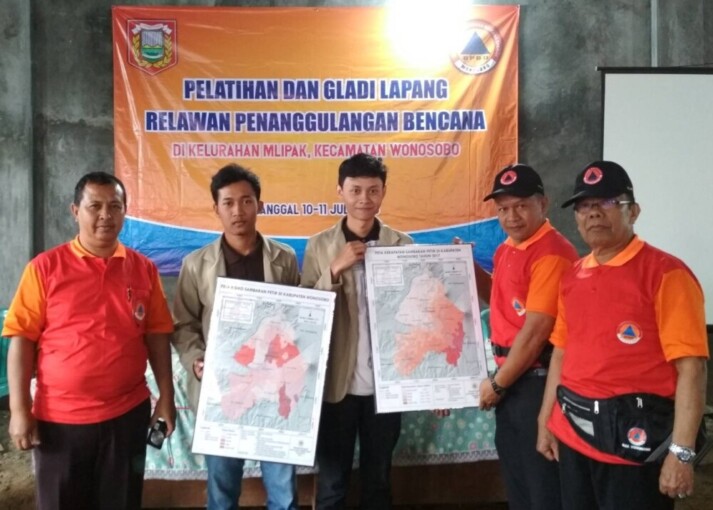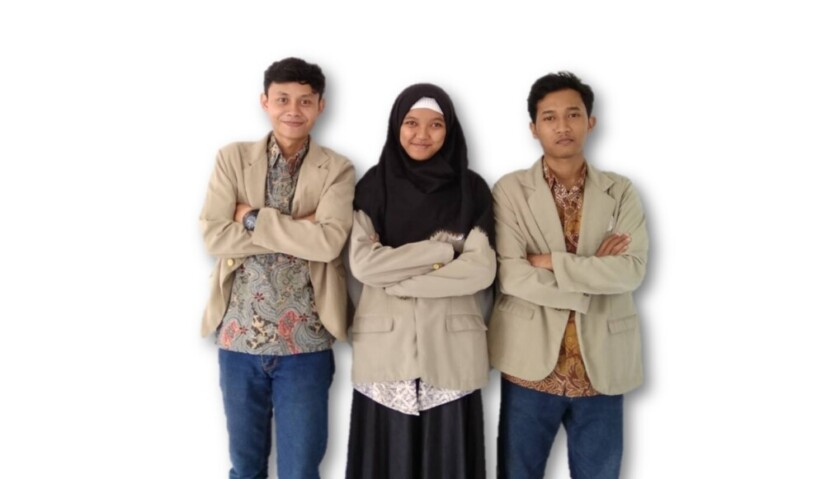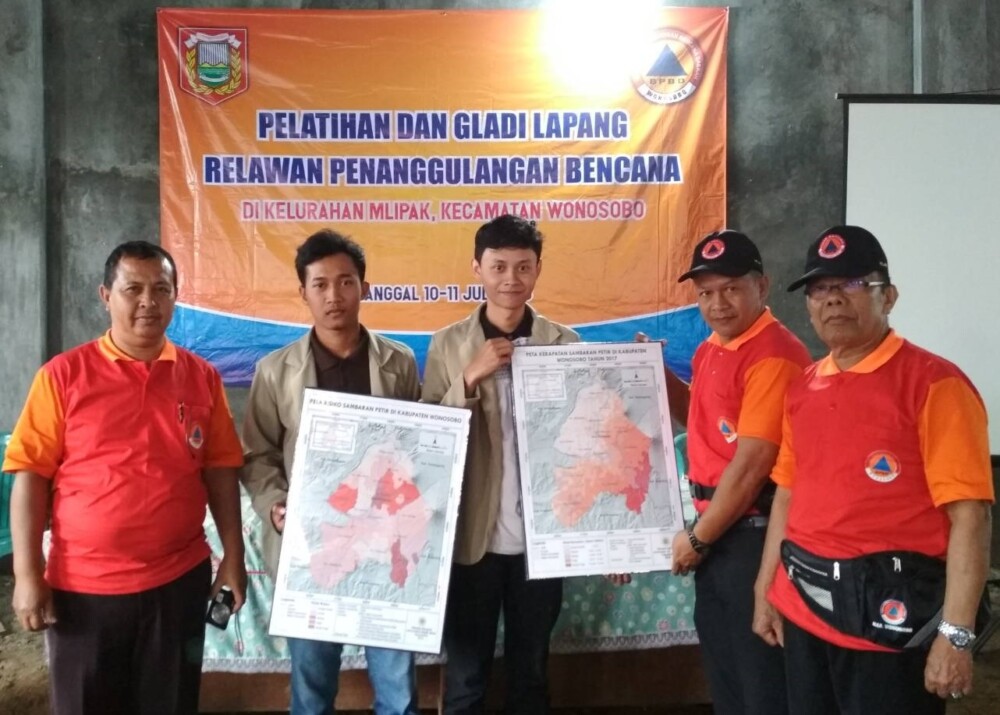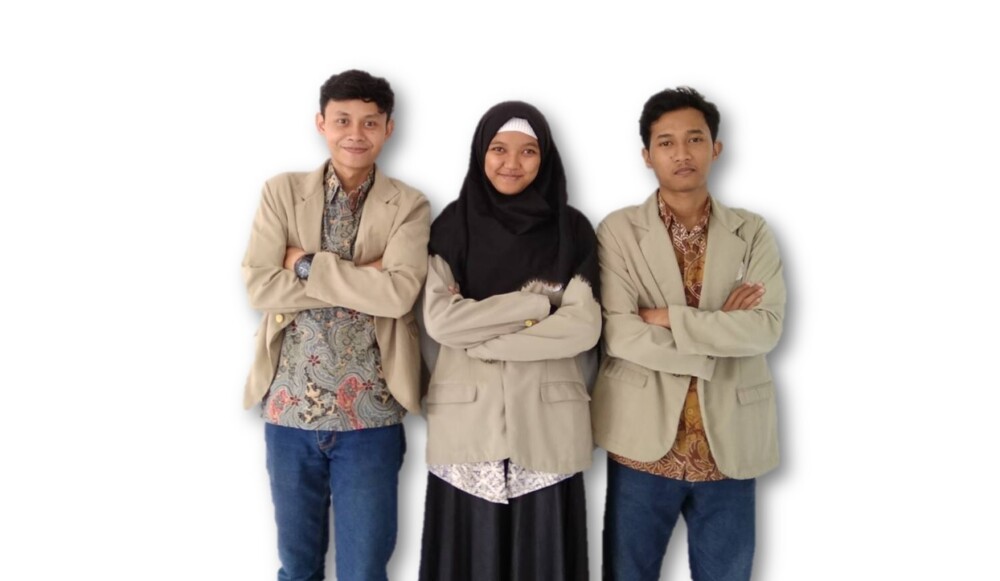Three Geography students from Universitas Gadjah Mada have done research into lightning in Wonosobo, Central Java.
“In Wonosobo there are often cases of lightning that strike and kill people like what happened in 2017, killing a number of farmers and mountain climbers. Data of such cases, however, are difficult to get,” said researcher Gagad Nur Ridho on Monday (16/7) at UGM.
Gagad said the lightning strikes not only impacted negatively to human but also buildings and the environment.
Gagad and fellow students, Abdi Rahmanu and Astry Zulky Permatasari, later tried to study and analyse the strike density to minimise their negative impacts.
They tried to correlate the strike occurrence with land shapes in Wonosobo, using data of lightning strike type Cloud to Ground (CG) 2015 – 2017 that they sourced from BMKG Yogyakarta.
The students process the data using ArcGIS 10.3 software through Kernel Density modelling. They made quantitative-qualitative analysis. Meanwhile, maps of land shapes, lithology, and land coverage sourcing from Bappeda Wonosobo were tested for accuracy by direct field observation.
It resulted that the Wonosobo regency consisted of volcanic and structural land shapes. Volcanic land shapes are land shapes affected by volcanic activities. Structural land shapes are land shapes affected by the earth plate tectonic activities.
Dominant rocks in Wonosobo are breccia, lava, and tuff that much affect the numerous lightning strikes, because these rocks have low resistivity.
In order to minimise the risk of people and material losses falling victims to lightning strikes, Gagad emphasised the importance of disaster mitigation. This can be done by, among others, installing lightning rods and unplugging power during lightning strikes.
“Besides, you ought to immediately stop doing activities outside the home when the Cumulonimbus cloud started to appear, and get inside a permanent building,” he said.
The research outcome was later socialised to the staff and volunteers from the Wonosobo disaster mitigation agency on Tuesday (10/7), which was appreciated.
“The mapping of lightning strikes in Wonosobo regency done by the Geography UGM students was interesting and very beneficial for our knowledge,” said public relations officer of the agency, Sulthoni.





